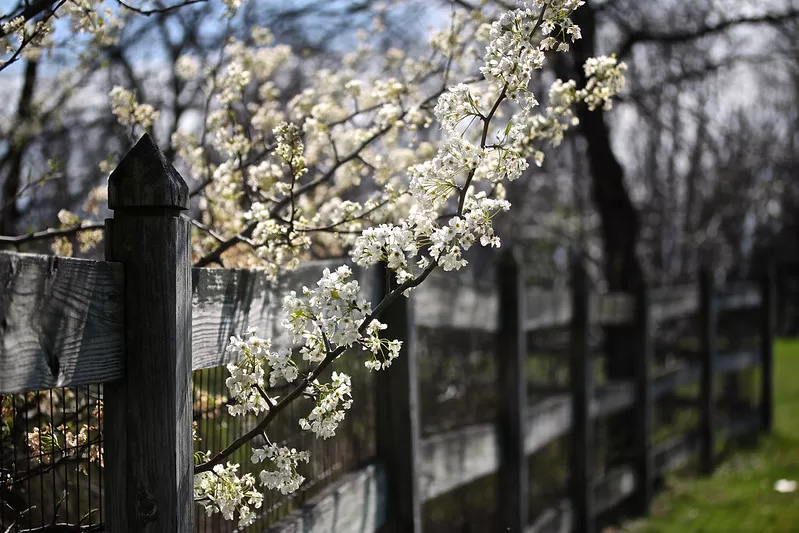April 21. 4:37 a.m. The moon shines. Stars signal a clear sky. No clouds to provide a barrier to the cold. Tender apple blossoms, white with a lacing of pink at their edges, curl inward. My dad, the farmer, envisions them from where he lies awake in bed. Gives in and rises to stare into the dark. Looks at the thermometer again. 27 degrees. Waits. As apple trees begin growth in the spring, the buds begin to swell and lose...

